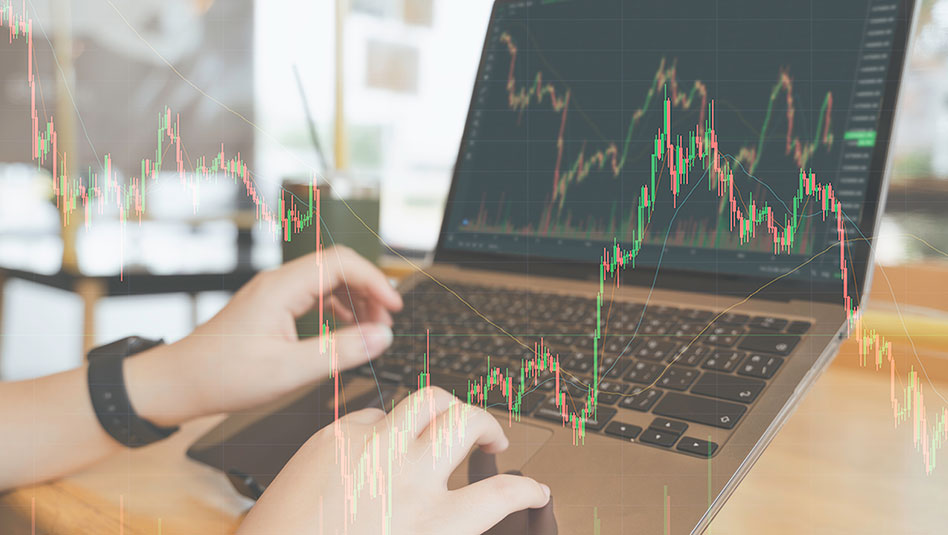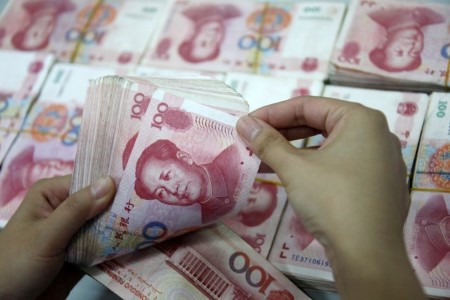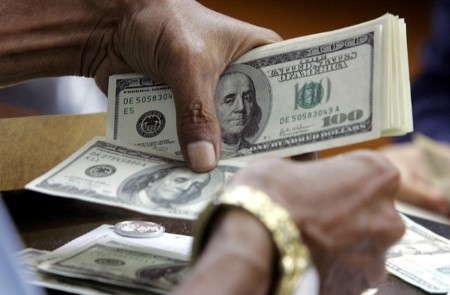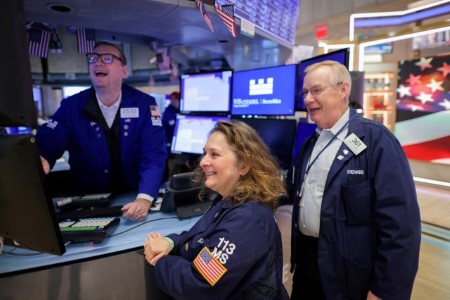May 18 (Reuters) – Gold extended declines on Thursday after more strong economic readings from the US further soured bets that the Federal Reserve may ease up on interest rates hikes, with bullion also pressured by optimism for a debt ceiling deal.
Spot gold fell 1.3% to USD 1,956.79 per ounce by 1:40 p.m. EDT (1740 GMT), after earlier touching its lowest since April 3 at USD 1,951.73.
US gold futures settled 1.3% lower at USD 1,959.80.
A lower-than-expected number of new US jobless claims last week was accompanied by a milder fall in a business index from the Philadelphia Fed.
Along with a relatively vibrant jobs market, some optimism over the debt ceiling negotiations has also strengthened the dollar and supported equities, denting safe-haven demand a bit, said David Meger, director of metals trading at High Ridge Futures.
“We’re no longer as positive on the gold market as we’ve been for really several months.”
Pressuring gold, Wall Street turned higher, and the dollar and 10-year Treasury yields climbed to multi-week peaks on the economic data.
Markets were now pricing in around a 20% chance of another rate hike in June, compared with 20% bets for a cut around a month ago.
Non-yielding bullion suffers when higher rates boost returns on competing assets like bonds.
Dallas Fed President Lorie Logan said inflation is not cooling fast enough yet to allow the Fed to pause rate hikes in June, while Fed Governor Philip Jefferson said it was too early to judge the full impact of the rapid increases so far.
Both sit on the Fed committee that sets monetary policy.
“Gold’s failure to hold technical support at the 50-day moving average will likely encourage further tests of the downside,” said independent analyst Ross Norman.
Silver dipped 1.1% to USD 23.47 per ounce, platinum was down 1.9% at USD 1,048.27 while palladium was also down 1.9% at USD 1,458.87.
(Reporting by Deep Vakil and Kavya Guduru in Bengaluru; Editing by Simon Cameron-Moore, Sharon Singleton and Shailesh Kuber)







 DOWNLOAD
DOWNLOAD








